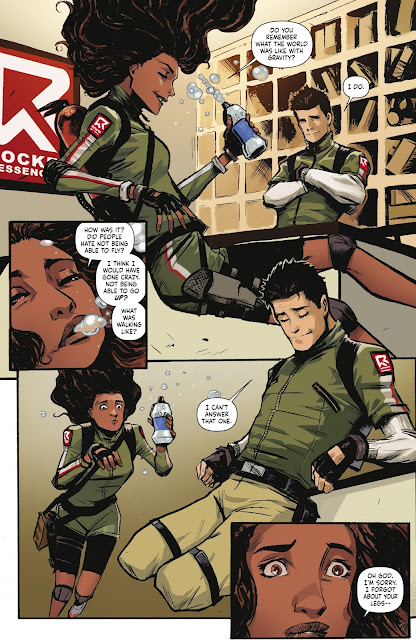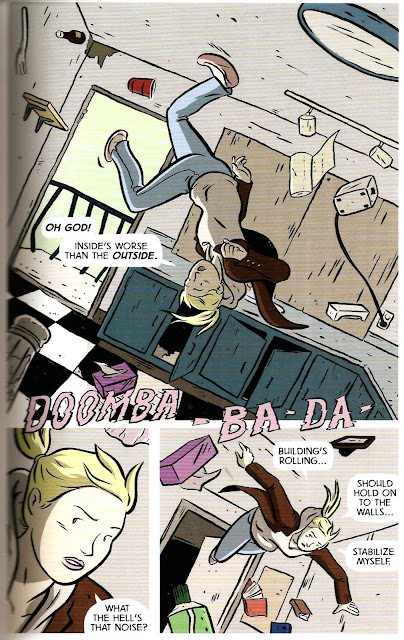I’m currently in the process of helping clean my Mother’s office up, which has been consistently cluttered for years, yet I never saw anything wrong with her setup, being accustomed to working in messy environments before. The reason for the sudden rush for tidying when we weren’t having any company over was because we were running out of scrap printer paper, not having had the opportunity to take home any work documents in the 2 years we’ve been under quarantine.
A lot of items had to be checked beforehand deciding to shred, recycle or reuse, which was another procrastination factor. Not to mention the messy business of removing staples, poring over pages for confidential information and cutting away said information in smaller portions for easier shredding use.
In the process, I came across an information pamphlet as a primer to oral interpreting in the classroom. It may seem obvious to have assistance for handicapped students, but there was a lot of resistance in even having oral interpreters present.
The argument presented was that College and University deaf students were allowed access, but this service was denied for High School students, when their formative years were still taking place.
A trial run was agreed on, only having interpreters present for half of my non-essential classes. At the end of the first semester, the teachers in the classes I had no interpreters present commented on how sullen and uncooperative I was, but in the classes an interpreter was present, the teachers commented on how enthusiastic and funny I was. I’ve mentioned it before, but it bears repeating. I’m much more likely to engage when I understand what’s going on.
The artwork and humour isn't nearly anywhere near Larry Gonick's level, but it does the job. The Interpreting Services Student Package started out with an introductory page that clearly took inspiration from a popular animated movie at the time:
WELCOME TO HIGH SCHOOL!
AND WELCOME TO OUR INTERPRETING SERVICE!
This is a big step for you.
You are now a high school student!
A.S.L.
Interpreter
You are a high school student using an interpreter.
That means that on top of having to do all the things a hearing high school student has to do.
THERE’S ALSO AN INTERPRETER TO WATCH.
It may be the first time you use an interpreter so here are some guidelines for things for you to know about interpreting and being a high school student.
- The student uses A.S.L, sign language, or communicates orally.
- The student is the person who goes to class, does the homework and writes the exams.
- We have coordinators to do the scheduling of interpreters.
- Some students may prefer to voice or speak for themselves.
- If the student is late..... The interpreter will wait 10 minutes before leaving the class.
STAFF ROOM
Inform the interpreter about other interpreting needs, like study groups, tutoring sessions, meetings with the teacher...
As you can see, there are lots of things to think about when you start high school. You have new challenges and new responsibilities.
If you feel the need to talk to someone about your courses or about the interpreting services, here are some names and phone numbers that may be useful.
(CONTACTS REDACTED)
The second page of the Student Package had a foreword that consisted of the following:
F O R E W O R D
Dear students,
Welcome to college which you have reached after plenty of hard work and good will. We sincerely hope that your “transit” there will also be fruitful and rewarding as the months go by.
In order to facilitate your way through college and university, the Service à l’intégration des élèves from the Cègep du Vieux Montréal have adapted a documents from the National Technical Institute for the Deaf (NTID) which provides you with information pertaining to oral and sign language interpreter’s services, note taking, etc... which will be useful throughout your studies.
This booklet is designed with comic strips which illustrate different ways of getting various services.
Special thanks go to Louise Daoust who worked on this project along with the anglophone team of interpreters.
We hope that you will read it for your own information and enjoy it as well.
ACKNOWLEDGEMENTS
The information in this handbook is based and adapted from:
Vancouver Community College: Student’s Package
NTID: Principles of Interpreting
Texts and Drawings by Louise Daoust
There was also an alternate condensed version of the above for the Montreal Metro Region, which continues as follows:






































